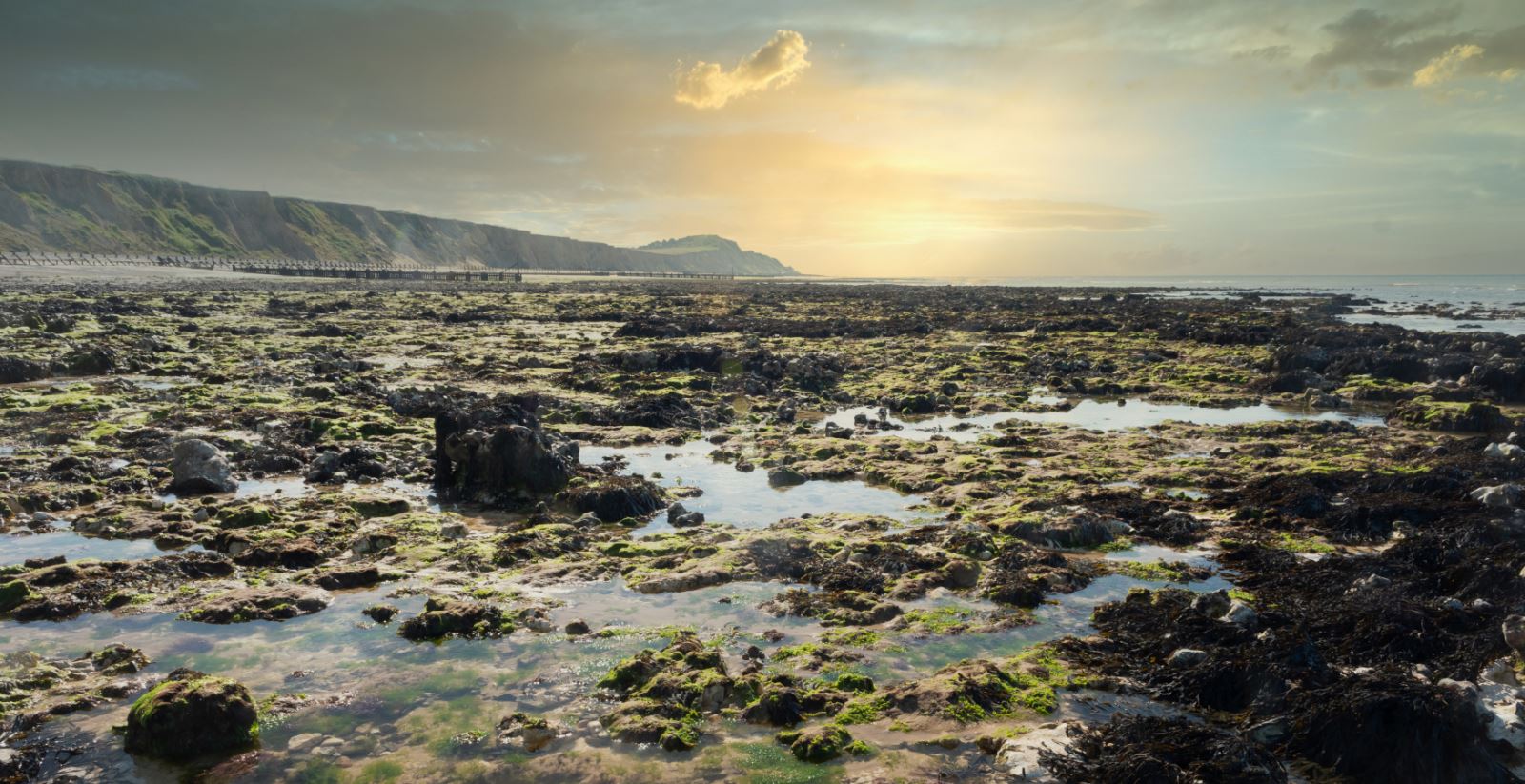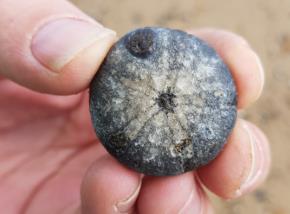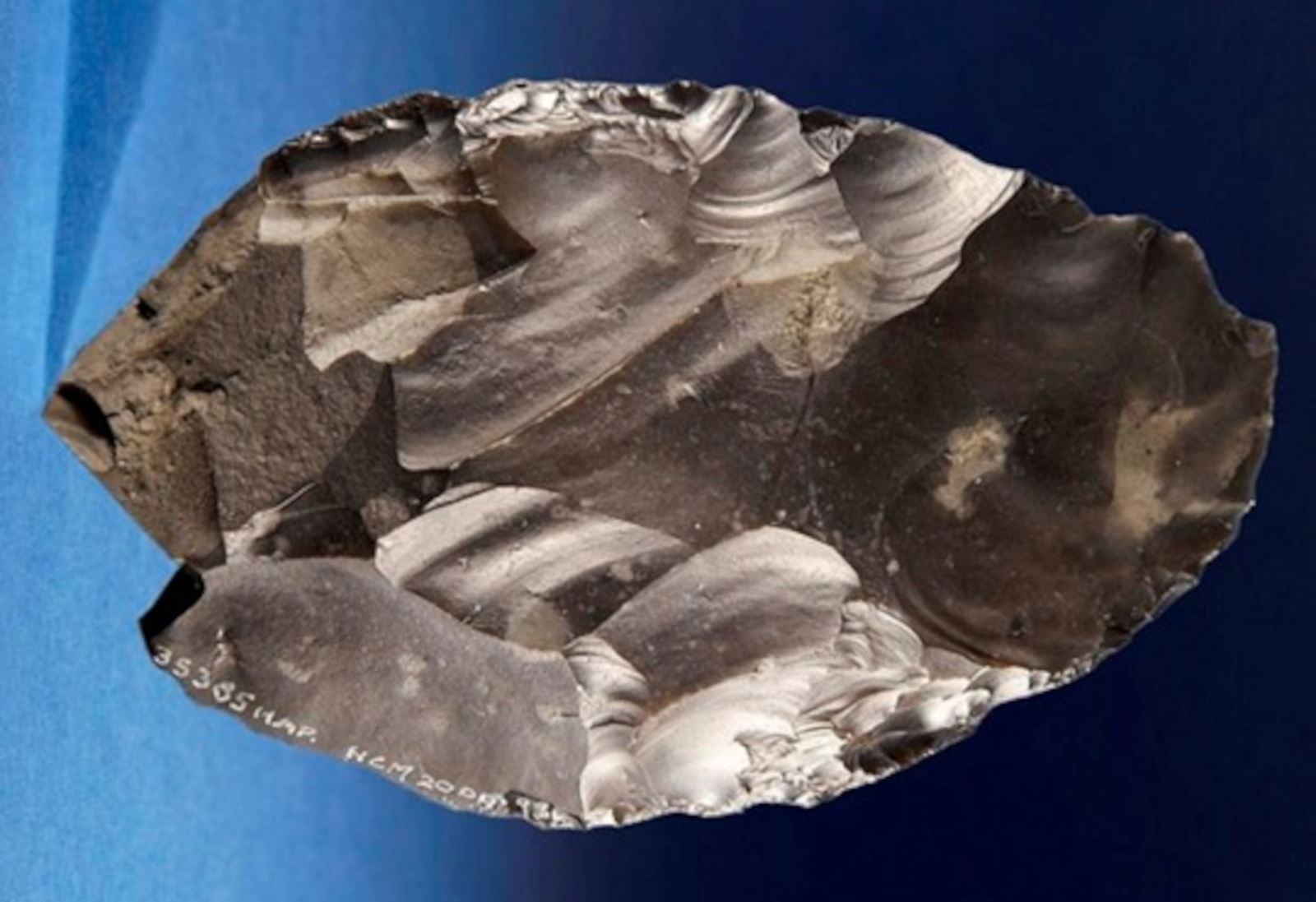To provide you with the best experience, cookies are used on this site. Learn more

To provide you with the best experience, cookies are used on this site. Learn more



You are here: Deep History Coast > Fossil Hunting
Fossil hunting is an exciting activity as you may well find your own piece of history dating back millions of years! There are many different types of fossils you can come across along the Deep History Coast, each telling a different story about the creatures that lived here.

When to go: Spring, Autumn and Winter are the best seasons to fossil hunt. The beaches are less crowded and fossils are revealed at this time of year due to the rough weather eroding the shoreline. Make sure you check tide times before you set off; a falling tide is the safest and most rewarding time on the beach.
What you will need: You will find many fossils lying on the beach or in rock pools so all you will need is patience and a good eye! Take a small bucket for your finds and make sure you wear the right clothes for the weather.
Safe and responsible fossil hunting: It’s exciting to see what can be found but there are a few rules that need to be followed to keep fossil hunters safe and to protect the fragile cliffs for future generations. As long as you are not in a protected or privately owne area, you can pick up small fossils that are lying around on the ground. Please do not dig into the cliffs as this can cause cliff falls. Do not remove any fossils from rocks or cliffs. Large fossils are best left for all to enjoy. If you are lucky enough to come across a rare find, please report it to a museum and if you're in a Site of Specific Scientific Interest, please follow any rules they might have. Always avoid disturbance to wildlife. Please do not remove fossils from Happisburgh or Cart Gap beach unless you have the express permission of the land ower. You can record any finds on the Deep History Coast App.
Hunting for fossils can turn any walk along the coast into an adventure. Fossils can come from anywhere along the Deep History Coast, but there are some areas that more frequently provide explorers with a piece of history! Or visit Cromer Museum and Sheringham Museum to see their broad fossil collections. If you find a fossil, use the Deep History Coast App to identify it, or see our identifier here. You can also take any finds to the Cromer Museum who will tell you more about its origins. Or use the Fossil and Flint Finder on the Deep History Coast App for advice and information.
.jpg)
West Runton beach is ideal for all fossil hunters which is where the Steppe mammoth skeleton was discovered. The best, and safest place to look for fossils here is around the rockpools and shingly parts of the beach at low tide (please do not dig into or climb the cliffs) when the chalk on the foreshore is exposed. The Cromer Forest-bed is exposed here during scouring tides which is rich in fossils. You may also be lucky enough to find belemnites; small, bullet-shaped fossils from a squid-like animal, over 70 million-years-old.
.jpg)
Also found here are fossil sea urchins which look like a five-point star on a pebble as well as fossil sponges which have bubbly, flower-like patterns within a flint pebble.You may also come across amber and mammoth teeth (or a segment). They can be up to 30cm long and ridged and you can tell what species the tooth is from by the number and thickness of ridges.
well as fossil sponges which have bubbly, flower-like patterns within a flint pebble.You may also come across amber and mammoth teeth (or a segment). They can be up to 30cm long and ridged and you can tell what species the tooth is from by the number and thickness of ridges.
At low tide, rock pools are revealed and you may come across its inhabitants including, shore crabs, long-spined sea-scorpions, starfish, beadlet anemones and common hermit crabs.
Along the beaches at Cromer and Sheringham at low tide, rockpools occur in the late Cretaceous chalk and flint deposits at the foot of the cliffs (again, please do not dig into the cliffs). Rockpool wildlife inhabitants cope with being submerged by the rising tide and exposed as the tide retreats, twice a day, as well as a wide range of environmental conditions. This includes changing temperature, high salinity, water pressure, choppy seas and constant threat from predators.
.jpeg)
Just wait for the tide to go out and you will be rewarded with plenty of rock pools to rummage in. Take a good look at these little underwater habitats and you will soon see lots of creatures moving around! Some of the easier finds are serrated wrack, velvet swimming crabs, edible winkle and long-spined sea-scorpions. You may also find fossilised coral, brachiopods and echinoids.
.jpg)
At Happisburgh, very lucky hunters may discover a flint handaxe, a rare find like the 500,000 year-old handaxe discovered here previously and now exhibited at Norwich Castle Museum. The hand axe is considered to be the earliest known in Britain. It was the Swiss army knife of its day, used for scraping, chopping and butchering. Look for black grey or orange-brown glassy flints with sharp, chipped edges and you may just have found one! (Please seek permission from the beach owner before removing any finds).

At the base of the cliffs at Happisburgh, you will see some blueish clays, which contain fossils such as belemnites and crinoids. Also keep an eye out for marine molluscs, dating from the last ice age, which can still be found alive today. Check out the fossil finder before you go so you know what to look out for. Or you can take your finds to Cromer Museum and the team there can identify them for you. Let your historical adventure begin!
Things to do on the Deep History Coast


